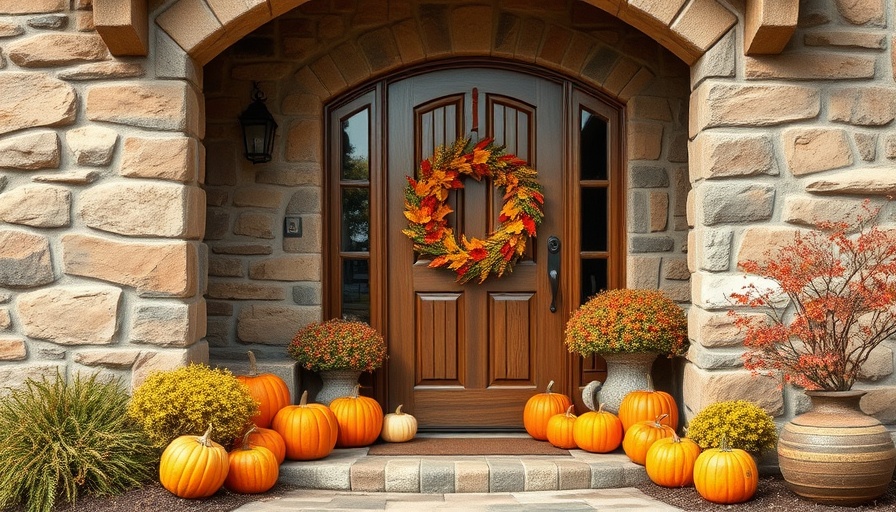
Understanding the Farmer's Almanac: Is It Reliable?
For generations, the Farmer's Almanac has been a trusted companion for Americans, especially farmers, who rely on weather predictions to plan their planting seasons. But as modern technology advances, is it still a reliable source for weather forecasts? Let’s delve into its history and accuracy.
A Look Back in Time: The Origins of the Almanac
The Farmer's Almanac traces its roots back to 1792 when Robert B. Thomas first published it in Massachusetts. This resource not only provided weather forecasts but also gardening advice, recipes, and news about celestial events, all designed to aid those whose livelihoods depended on successful farming.
Decoding Predictions: How the Almanac Works
One of the unique aspects of the Farmer's Almanac is its secretive forecasting method. The techniques used by the almanac remain largely undisclosed. Generally, predictions are based on historical weather patterns, along with factors like solar activity. Some consider the almanac's use of astrology controversial, as many scientific meteorologists rely on data rather than celestial alignment.
Comparing Accuracy with Modern Methods
When comparing the Farmer's Almanac to modern weather services, it’s essential to recognize that traditional methods miss taking into account the sophisticated technology utilized today. Advanced satellite imagery and computer modeling significantly increase the precision of weather forecasts, making them more reliable than the historical-based predictions of yesteryear. Earth scientist Dr. Hansi Singh indicates that while the Almanac holds sentimental value, it can vary quite considerably from forecasts produced by scientific methods.
Why It Matters: The Connection to Home Improvement
For homeowners in Southeast Michigan, understanding what the Farmer's Almanac predicts can impact DIY projects around the house. If you plan to do outdoor work, knowing the general forecast can save you time and resources. For instance, if the almanac predicts a particularly rainy season, you might choose to delay outdoor projects or focus on indoor improvements instead.
Conclusion: Balancing Tradition with Modernity
The Farmer's Almanac remains a staple in American culture, blending historical tradition with practical advice. While it may not always provide the precise forecasting available through dedicated meteorological services, it still offers a unique perspective rooted in a rich tradition. As you embark on your home improvement projects, consider cross-referencing its predictions with modern forecasts to ensure a successful DIY experience.
 Add Row
Add Row  Add
Add 




Write A Comment